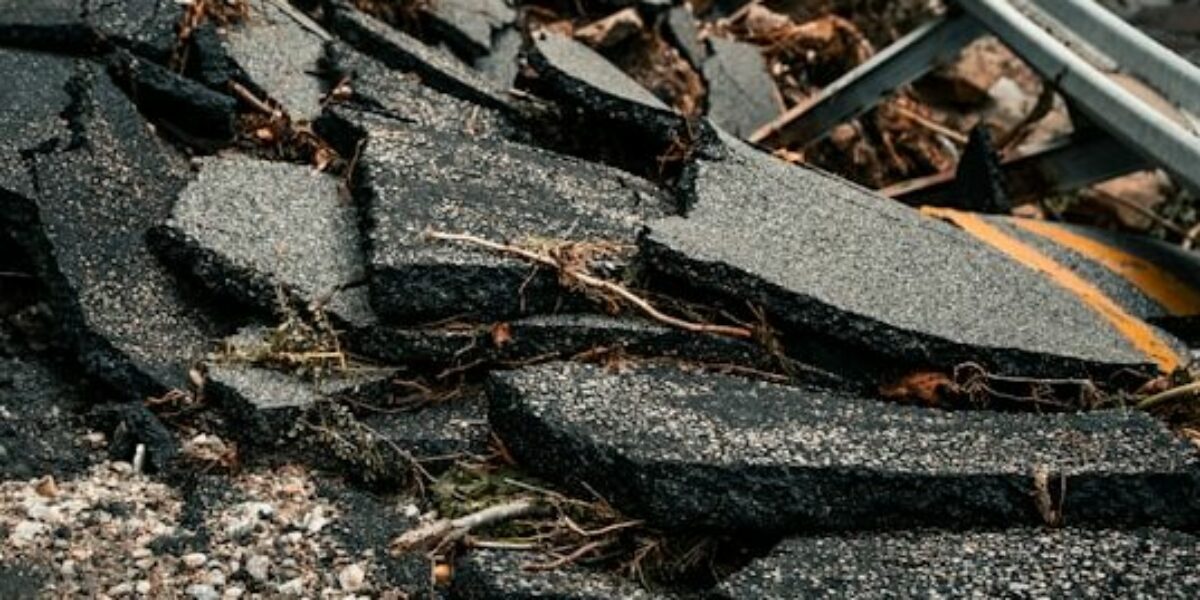A hole load of trouble
Roads continue to break records s they break up
Writing news stories about potholes used to be an annual affair.
These days it has moved relentlessly though monthly, weekly and now almost daily.
The state of Britain’s tarmac has probably not been in such a poor state since Edgar Purnell Hooley patented tarmac in 1902.
Breaking up and breaking down
Road safety and breakdown recovery specialist GEM Motoring Assist has put out a new warning to motorists and cyclists.
Drivers and riders need to be on the look-out for dangerous potholes on their journeys.
The call comes as council budgets for compensation have fallen by more than a half.
As local authorities are unable to fund local road repairs, they are also tightening the criteria for claiming compensation if you or your vehicle suffer accordingly.
Potholes across the country are remaining un-repaired for months at a time. The latest official estimates put road repairs backlog at a new record high of over £16bn.
On the edge
Roads in England and Wales are at “breaking point” due to potholes, with repairs at an eight-year high, according to a new report.
The Asphalt Industry Alliance (AIA) said councils were expected to fix two million potholes in the current financial year.
That is up 43% on the previous year and the highest annual total since 2015-16.
The AIA’s annual report found that 47% of local road miles were rated as being in a good condition, with 36% adequate and 17% poor.
The survey also found that average highway maintenance budgets increased by 2.3% in the 2023-24 financial year compared with the previous 12 months.
But the impact of rising costs due to inflation meant local authorities “effectively experienced a real-terms cut”.
Meanwhile, the amount needed to fix the backlog of local road repairs has reached a record £16.3bn, up 16% from £14bn a year ago.
AIA chairman Rick Green said: “Local authorities have a bit more money to spend this year but the impact of rising costs due to inflation means they have actually been able to do less with it.
“Couple this with the effects of the extreme weather we are increasingly facing, and the result is that the rate at which local roads are suffering is accelerating towards breaking point.”
Money money money
Officially, 37,000 miles of local roads are judged to be in poor condition and risk becoming undriveable within the next five years. A further 100,000 miles of local road would need to be rebuilt in the next 15 years.
GEM road safety adviser James Luckhurst says it’s a dangerous situation the requires extra vigilance.
“We want to help drivers stay safe on their road journeys, as well as reducing the risk of causing expensive damage to their cars,” says Luckhurst.
This is only getting worse with the squeezing of budgets by the government, both for road repairs and local authorities
“Potholes have a significant financial impact,” adds Luckhurst.
Repairs to paintwork, suspension and tyres, not to mention the increasing dangers to personal health.
Not only can deep potholes cause jarring to drivers and passengers, drivers are concentrating more on road surfaces rather than what is happening on the road around them.
Vehicles unexpectedly swerve to avoid potholes, cyclists are often jolted from their bikes and fall into the road.
The cost to society is increasing in basic damage terms to vehicles, and more worryingly to our physical well being.
Contributory factors
Whether through income tax or local council taxes, we are all contributing to road maintenance, in theory.
But instead of national security and standards in the quality of our roads, it appears to have become a case of pot luck.
Then we are having to pay again to repair damage to our own vehicles.
“There is no consistent national policy among councils,” says Luckhurst, for damage caused by potholes. “Those drivers who can’t afford to pay for their repairs risk making journeys in vehicles that are potentially unsafe.”
Instead of putting up with the issues, ignoring the breaking up, all of us should participate in registering the issues to force change and make our roads safer.
Help!
Ministers highlight their pledge to provide £8.3bn of extra funding over 11 years for road improvements in England.
So far there is little evidence of improvements.
It has led GEM to offer advice that will not only help to keep drivers safe on their journeys but will also assist them in dealing with the consequences of pothole damage:
Stay safe on the road
1. Always be aware of dangerous potholes on your regular journeys. If necessary, find an alternative route.
2. Remember to keep your distance from the car in front. Motorists will often brake or swerve suddenly if they have spotted a pothole too late, so ensure you are far enough away to slow down safely.
3. Make sure you stick to the speed limit, and slow down on smaller roads and residential streets where potholes may be prevalent. Hitting a pothole at speed will cause much more damage to your vehicle.
4. Never swerve to avoid a pothole; always slow down or stop completely if necessary, checking that there are no cars close behind you. Drive over the pothole slowly or steer round it if it’s safe to do so.
Get something done
1. Help your local authority and report any dangerous potholes that are causing problems in the area.
2. Your local council website will guide you to the right procedure for reporting a pothole.
3. Cycling UK’s Fill that Hole website is a national portal available for anyone to report pothole damage.
4. Main roads are the responsibility of national agencies such as National Highways. Go to www.gov.uk/report-pothole or call them on 0300 123 5000. This number is available 24 hours a day.
Build a case
1. If you believe you have a valid claim for pothole damage, make sure you are able to give the exact location of the offending pothole.
2. Note when you went through it, what direction you were travelling and approximately how wide and deep you believe it to have been.
3. If it’s safe, stop and examine the pothole. Take photographs if you can, but don’t put yourself or anyone else at risk in the process.
4. Obtain quotes for any repairs that may be required. Keep copies of these, along with receipts and invoices, if they form part of your claim. Then write to the local authority, including all the details and requesting a settlement of your claim.
5. Expect a rejection, as the local authority will most likely explain that it has a system of regular inspection and repair. But you can check what the council may be liable for, and can take steps to make sure they are carrying out the system they claim to have.
6. If you feel your case is strong enough, it may be worth getting legal advice or taking your case to the small claims court. However, be aware that it could end up being a lengthy and costly process.





